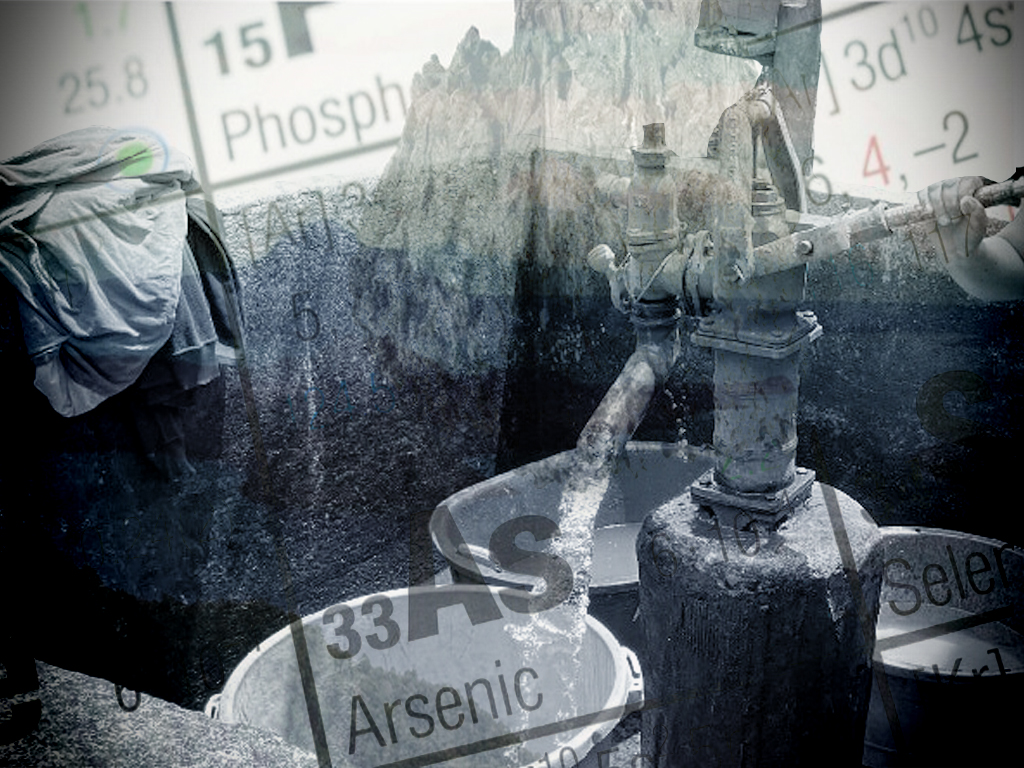More media attention needed on water contamination in Batangas
JEERS TO the lack of sustained media attention to, and scientific explanation for the harmful substances found in the groundwater in eight towns and one city in Batangas. Media coverage has mostly consisted of warnings that those substances may cause cancer and other diseases. But there have been no explainers or detailed interviews with experts to guide residents on a science-based topic, or even just to inform them when the problem could be resolved.
On June 5, the media reported the high levels of arsenic contamination in Tanauan City and the municipalities of Laurel, Balete, San Nicolas, Mataas na Kahoy, Alitagtag, Sta. Teresita, Lemery and Taal. This information was made public during the Provincial Disaster Risk Reduction and Management Council meeting on June 2. The reported level of arsenic in these areas reached 40-70 parts per billion, way above the normal and safe level of 10 parts per billion. Later, on June 10, radon, a radioactive element, was also found in the waters in the province.
The presence of arsenic in the groundwater was first detected after the eruption of Taal Volcano on Jan. 12, 2020. But the media have not asked why it has been reported only recently.
TV news programs did report on the problem consistently last week, from June 6 to June 13. However, print and online media were limited to one to two reports, some even none.
Those that did report it echoed the explanation of Dr. Rhodora Reyes, Batangas Medical Center Toxicology Center chief, that through time, consistent consumption of arsenic may cause lung or bladder cancer and skin diseases. It may also exacerbate other illnesses like diabetes and hypertension. Health experts also reminded residents not to drink from the taps or ‘poso’ (wells), and not to cook with the water as arsenic cannot be destroyed by heat. Reyes also told residents that they can drink bottled water, but to “make sure that the water has gone through reverse osmosis.” Otherwise the water may still be positive for arsenic.
TV programs reported the reactions of residents to the contamination. Some were aghast, but others said they haven’t felt any side effects yet and that it is still cheaper to use either tap or groundwater rather than bottled water.
Health authorities in the province have been monitoring arsenic levels in the groundwater in the affected localities. The provincial government has allotted PHP3.5 million for regular water testing. Media also featured local officials who called on the national government for financial aid to test water supplies, or to help them find other water sources. But so far, no long-term alternative and only band-aid solutions have been suggested and reported to the media, sidelining citizens who rely on free water and are susceptible to the said ailments.
As observed in the media’s coverage of the most recent Taal Volcano eruption in July 2021, the media can be more responsible than officials themselves through swift and science-based reporting that makes complicated issues simpler and easier to understand. As the water contamination issue in Batangas develops and with more studies to be conducted, the media would do well in following through with the necessary urgency and consistency for the sake of the families within and outside the province.

Leave a Reply